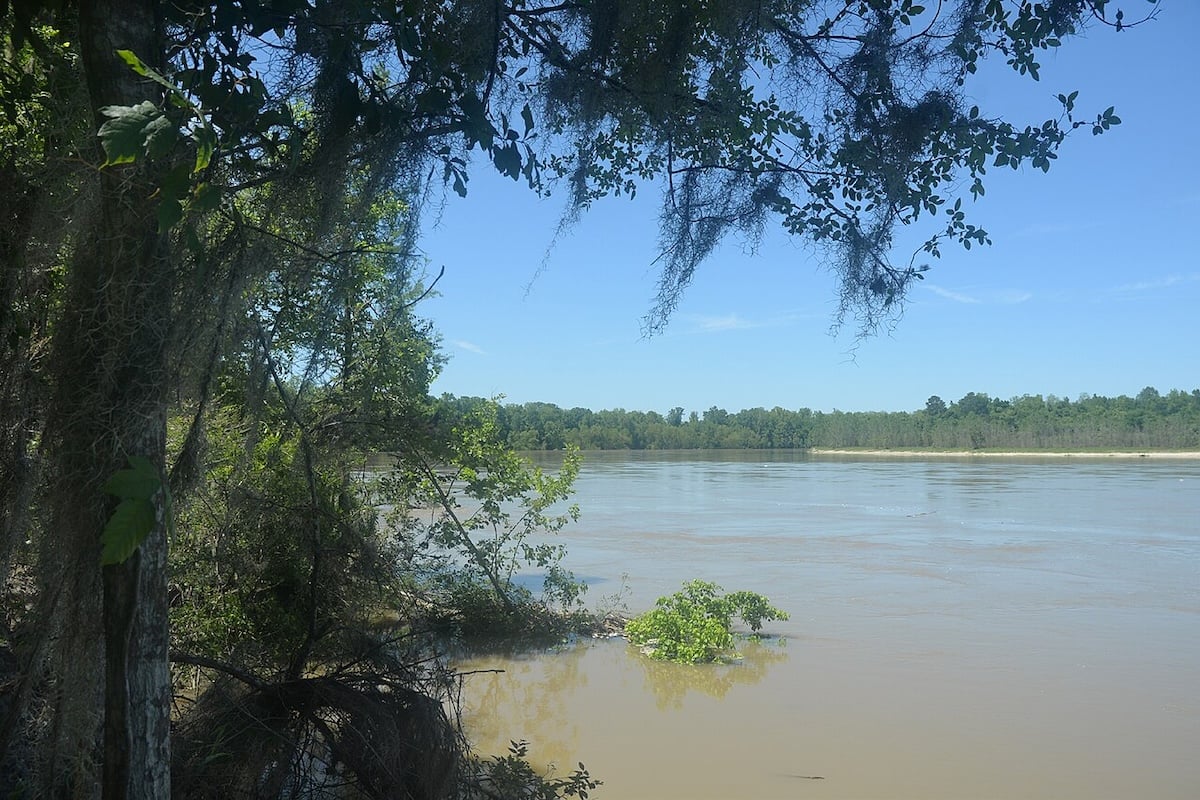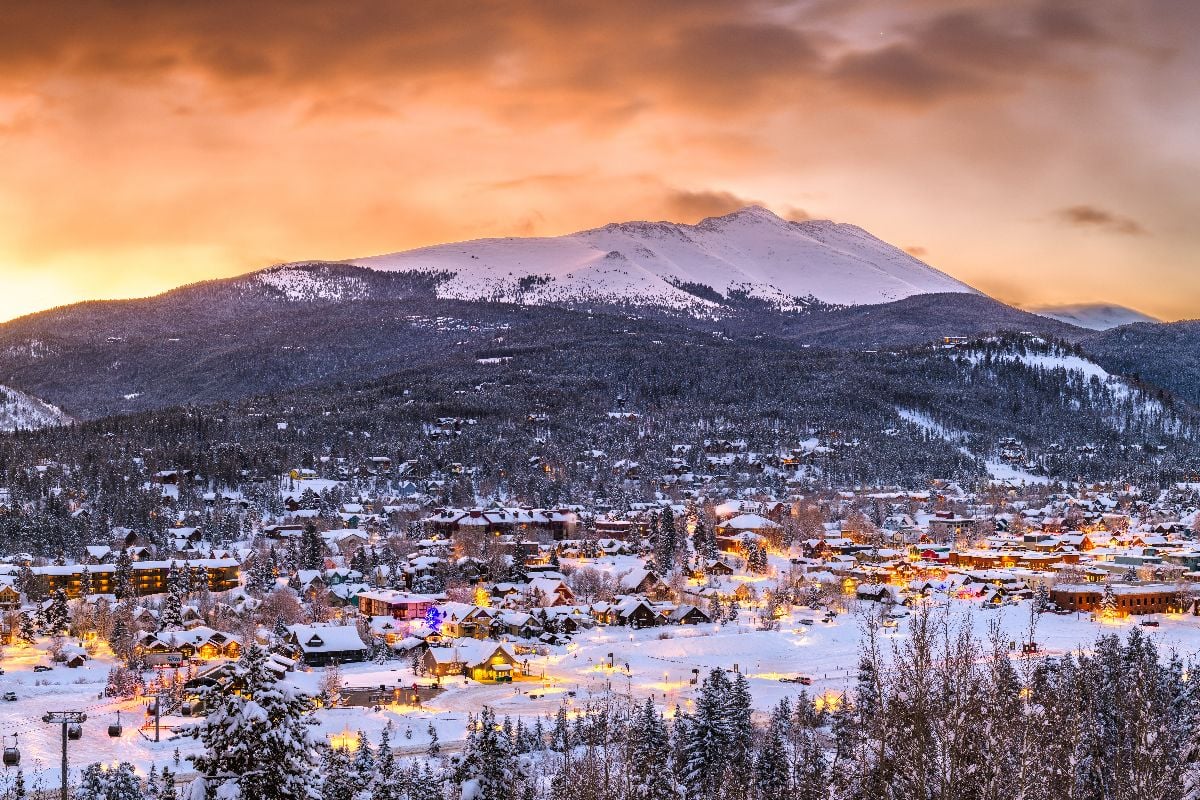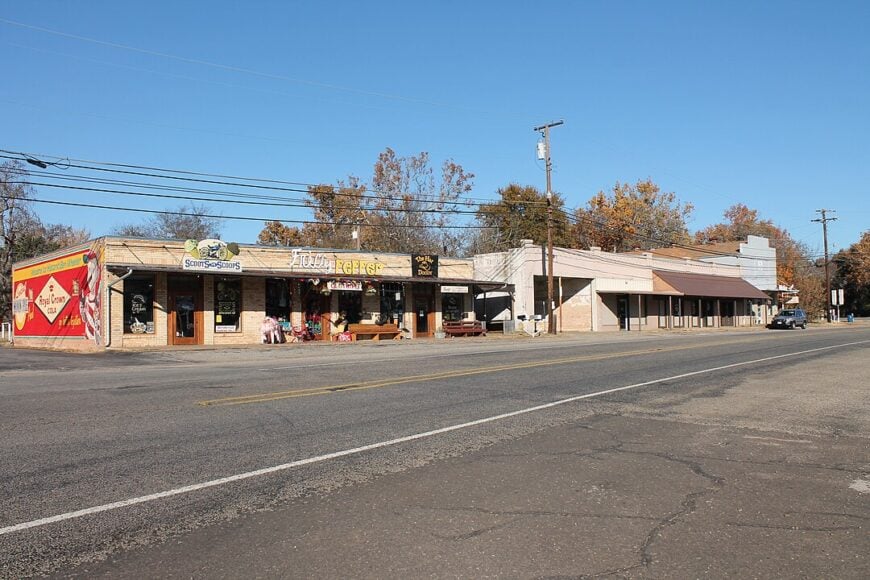
Northeast Texas is often associated with tall pines and friendly main streets, yet scattered among those forests and pastures are tiny places where front-porch lights outnumber streetlights and night sounds come only from crickets.
We gathered twenty five hamlets that welcome newcomers with neighborly waves and the gentle hush that follows when the nearest four-lane road sits miles away. Each lives at its own rhythm—some around lake coves, others beside forgotten rail lines—offering fishing holes, art barns, or simple stargazing as evening entertainment.
Populations rarely top a few hundred, so grocery runs may require a drive, but that drive is usually framed by rolling hills or cathedral-like pines. Property lines stretch farther than cell signals, giving residents space for gardens, horses, or just uninterrupted quiet. Here are our favorite hideaways, counted down from twenty five to one.
25. Simms: Quiet Crossroads in Bowie County
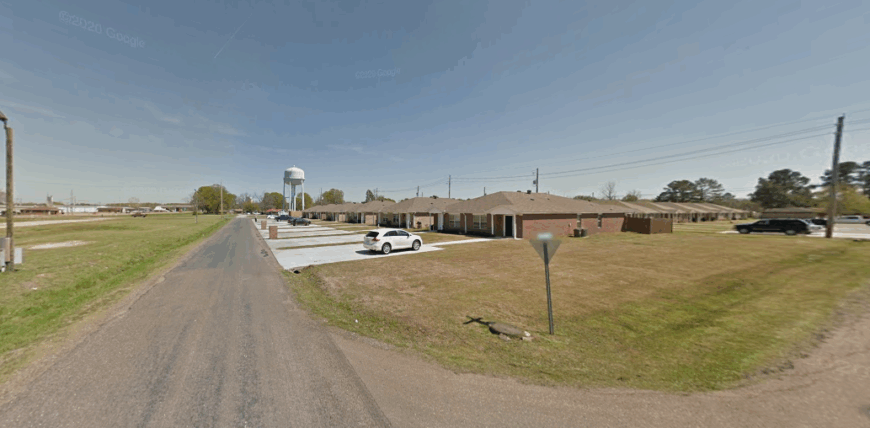
Simms, Texas lies tucked into the backroads of Bowie County, a small rural community surrounded by pine woods and pastureland that give it a hidden, unhurried feel. Its seclusion comes from distance—set far from large cities, it feels more like a crossroads than a destination, yet that’s where its charm lives.
The town’s atmosphere is simple and rooted, where daily life is measured by farm chores, school gatherings, and evenings that settle into cricketsong. Travelers might explore the wooded trails nearby, stop for a quiet drive along country roads, or enjoy fishing at local ponds and creeks.
Ranching and small farms remain the backbone of the area, tying people closely to the rhythms of the land. Simms is the kind of place where stillness feels natural, and the world slows down just enough to notice it.
Where is Simms?
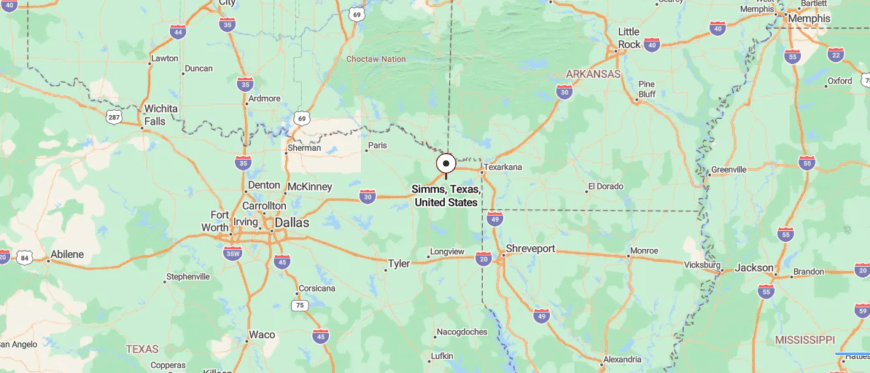
Simms, Texas is an unincorporated community in Bowie County, set in the piney woods of the state’s northeast corner. It lies about 22 miles west of Texarkana, reached by U.S. Highway 67 as it threads through stretches of forest and farmland.
The drive carries you past quiet homesteads and long stands of timber that frame the road on either side. By the time you reach Simms, the mix of woods and wide skies gives it a feeling of quiet seclusion, tucked away from busier routes.
24. Elysian Fields: Timber Hamlet with Long Porches
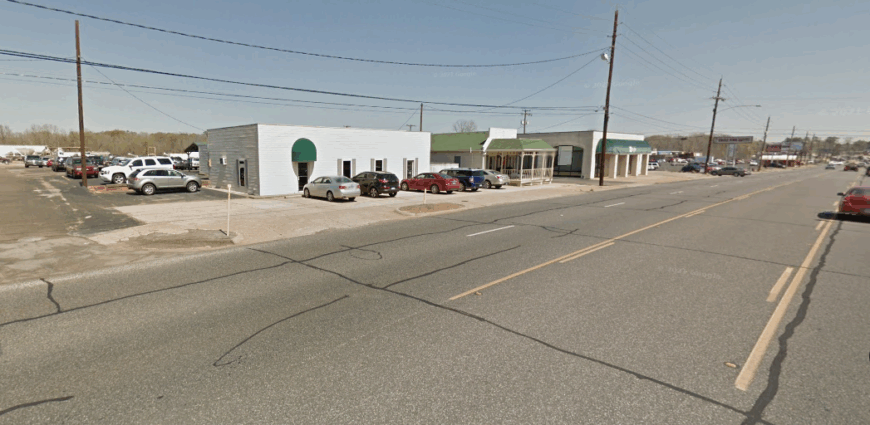
Elysian Fields, Texas is cradled by the pine forests of East Texas, where the land itself seems to close the town off from the wider world. Once you arrive, the pace shifts—conversations stretch longer, and the sound of wind in the trees replaces the noise of traffic.
The community carries a proud heritage, with its school and Friday night football games serving as a heartbeat for generations. Travelers can lose themselves on shaded backroads, pause at small churches that dot the countryside, or simply take in the endless green that surrounds them.
Agriculture still threads through daily life, but what defines the town most is its closeness and tradition. Elysian Fields is the kind of place where seclusion feels like a gift, wrapping you in both quiet and kinship.
Where is Elysian Fields?
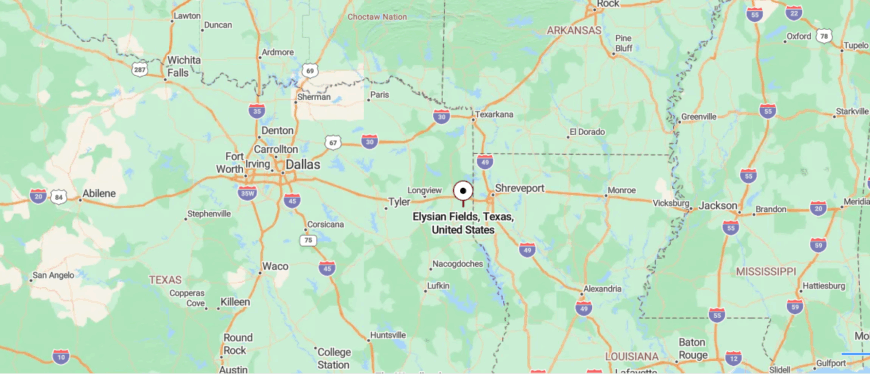
Elysian Fields, Texas is located in Harrison County, near the Louisiana border in the state’s northeast. It sits about 20 miles southeast of Marshall, reached by U.S. Highway 79 and then smaller county roads that slip through farmland and pine forest.
The approach offers a steady rhythm of fields, timber, and quiet backroads that narrow as you near town. By the time you arrive, Elysian Fields feels like a gentle pause between two states, set apart in its own quiet corner.
23. De Kalb: Edge-of-Nowhere Charm Near the Red River
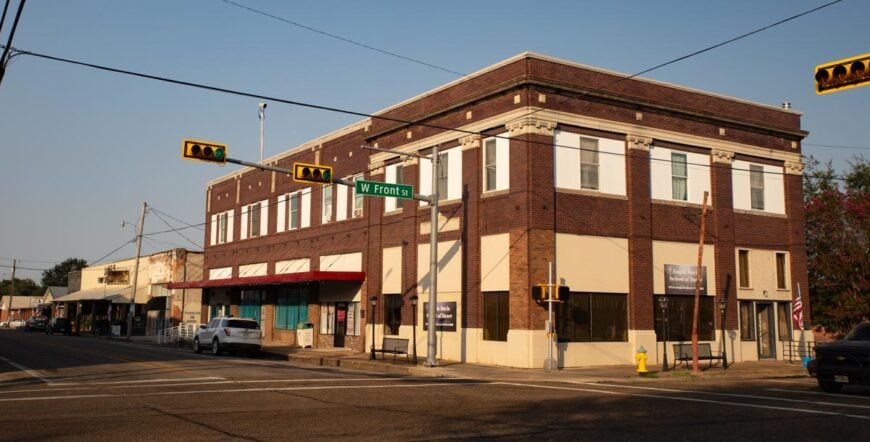
De Kalb, Texas sits in the quiet expanse of Bowie County, a small town framed by farmland and forest that keep it feeling far from the rush of city life. Its seclusion comes from the winding highways and long stretches of countryside that surround it, giving the town a sense of being its own world.
The atmosphere is warm and steady—neighbors gather at local diners, the courthouse square still marks the town’s heart, and life moves with an easy rhythm. Visitors might explore antique shops, take in community festivals, or drive the scenic backroads that roll through East Texas.
Farming, ranching, and small trade continue to support daily life, tying families closely to the land. De Kalb is the kind of place where tradition and quiet weave together, leaving you with a sense of calm that’s hard to find elsewhere.
Where is De Kalb?
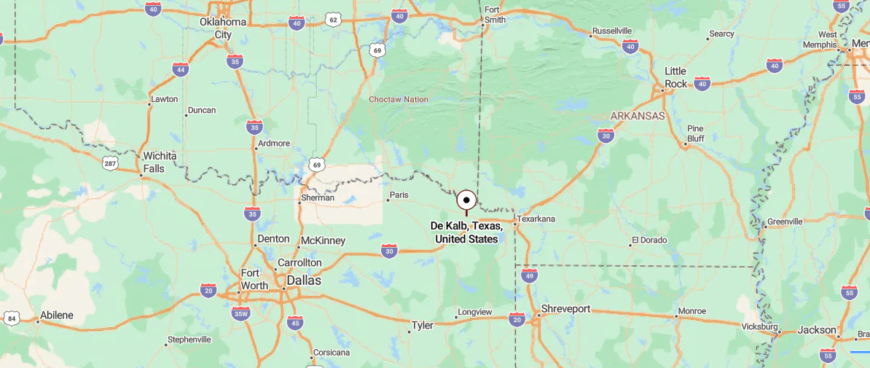
De Kalb, Texas sits in Bowie County, surrounded by the rolling farmland and timberland of the state’s northeast region. It is about 35 miles west of Texarkana, reached by U.S. Highway 82 as it stretches across wide fields and patches of pine.
The drive is marked by open skies, with long straight roads giving way to the town’s small grid of streets. When you arrive in De Kalb, the blend of farmland and forest makes it feel like a place rooted in quiet distance from larger cities.
22. Kildare: Woodland Pocket with Church Bells
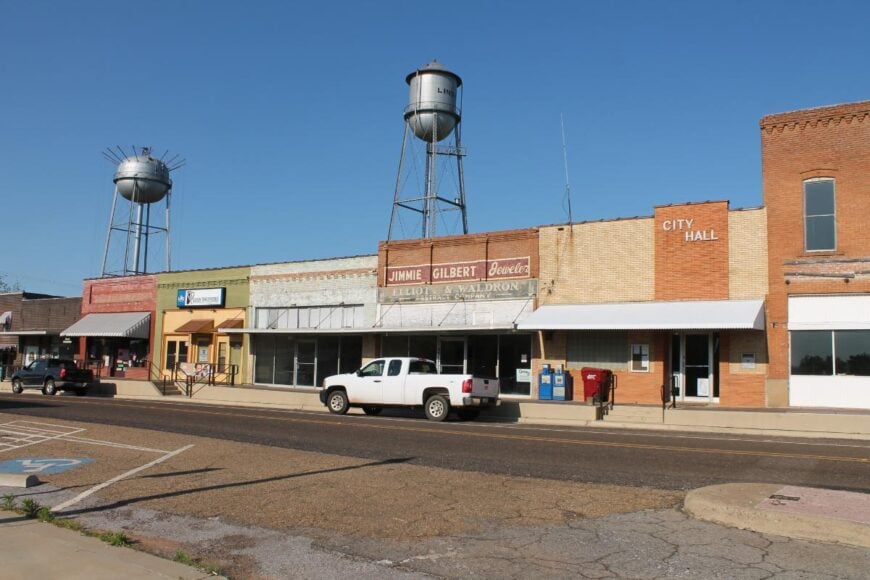
Kildare, Texas lies hidden among the pine forests of Cass County, a small community whose quiet comes from its distance off the main highways. The town feels tucked into the landscape, where tall trees rise around open pastures and country roads wind on for miles without interruption.
Life here is unhurried, marked by church gatherings, school events, and evenings where the woods grow still under starlight. Travelers may find themselves fishing in nearby lakes, exploring backroads that cut through forest and farmland, or visiting small historic sites that hint at the area’s past.
Logging and farming have long shaped the rhythm of work, keeping the connection to land alive. Kildare is the kind of place where the seclusion feels natural, as though the trees themselves are keeping watch over the town.
Where is Kildare?
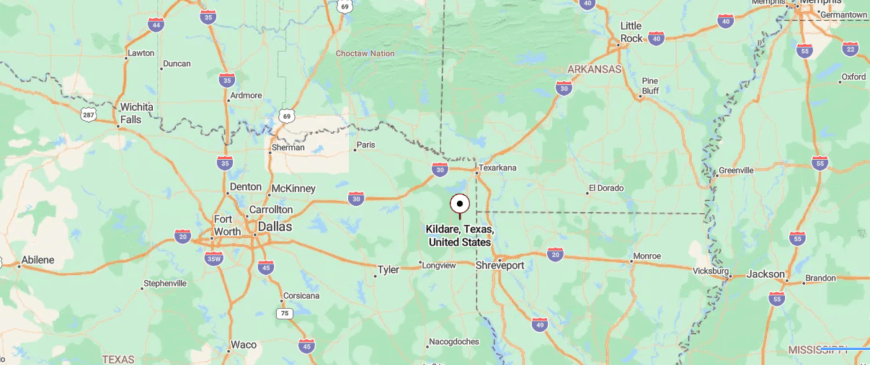
Kildare, Texas is an unincorporated community in Cass County, nestled in the wooded landscape of northeast Texas. It lies about 10 miles southwest of Linden, reached by State Highway 125 and then smaller county roads winding through forest and farmland.
The approach is shaded by tall pines and dotted with scattered homesteads that appear between clearings. By the time you arrive, Kildare feels tucked deep into the timber country, a quiet spot where the woods seem to hold everything close.
21. Avinger: Piney Woods Village by the Tracks
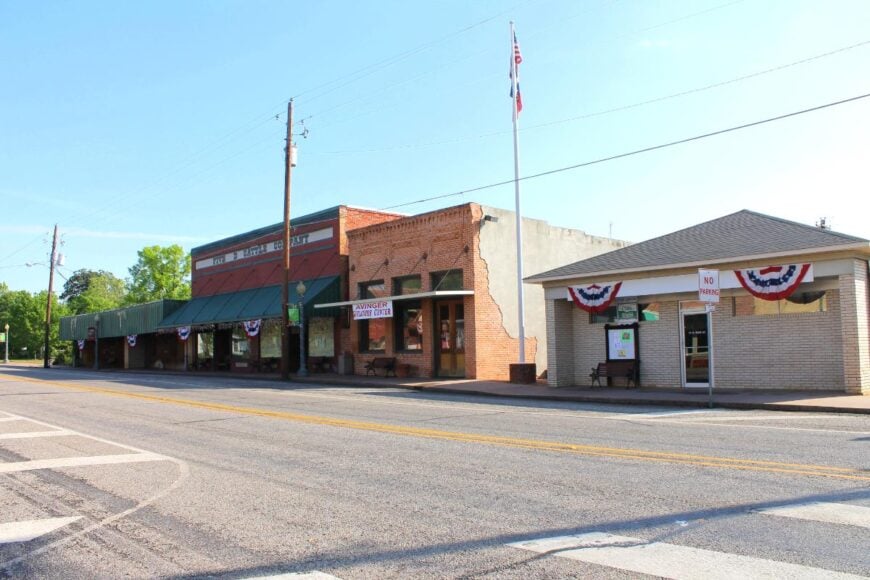
Avinger, Texas rests in Cass County, surrounded by rolling hills and pine forests that keep it tucked away from the busier routes of East Texas. Its seclusion is strengthened by its size—just a small town where days move slowly, shaped by long-standing traditions and close ties.
The community has a rustic, welcoming rhythm, with annual events like the Wildflower Trails Festival drawing neighbors and visitors together. Travelers can enjoy drives through blooming meadows in spring, stop at local diners, or explore nearby lakes and parks for fishing and camping.
Timber and farming remain part of the town’s foundation, connecting families to the land for generations. Avinger is the kind of place where the seasons leave their mark, and quiet feels like part of the town’s character.
Where is Avinger?
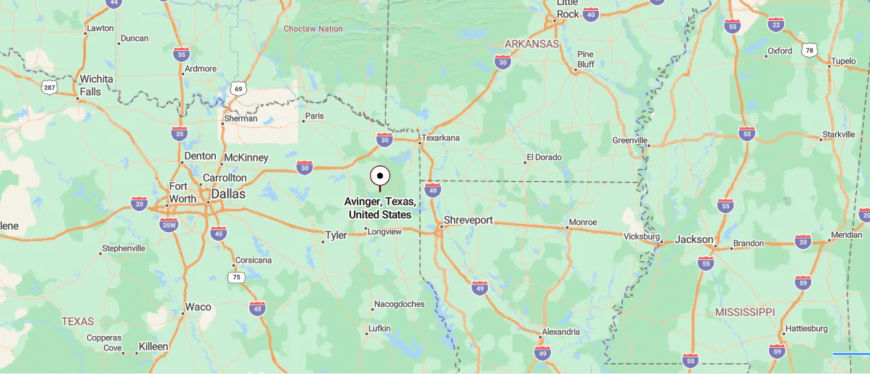
Avinger, Texas is a small town in Cass County, surrounded by the forested hills and lakes of northeast Texas. It sits about 20 miles west of Linden, reached by State Highway 49 as it winds through pine woods and farmland.
The drive offers glimpses of Caddo Lake country, with quiet stretches where the trees crowd close to the roadside. When you arrive in Avinger, the blend of woods and water gives it a tucked-away feeling, as though it rests in its own sheltered corner of the state.
20. Union Hill: One-Road Town in Wood County

Union Hill, Texas rests quietly in Upshur County, a rural community surrounded by pine woods and winding country roads that keep it tucked away from the outside world. Its seclusion isn’t about distance alone but about the stillness of a place where the days move gently, guided by the rhythm of the land.
The town’s heartbeat is found in its school and church, where neighbors gather and traditions carry from one generation to the next. Visitors can enjoy drives beneath tall pines, spend time at nearby lakes, or simply pause to take in the quiet landscapes of East Texas.
Farming, ranching, and forestry remain part of daily life, tying families closely to the soil and timber around them. Union Hill is the kind of place where the quiet lingers, and community feels like its strongest landmark.
Where is Union Hill?
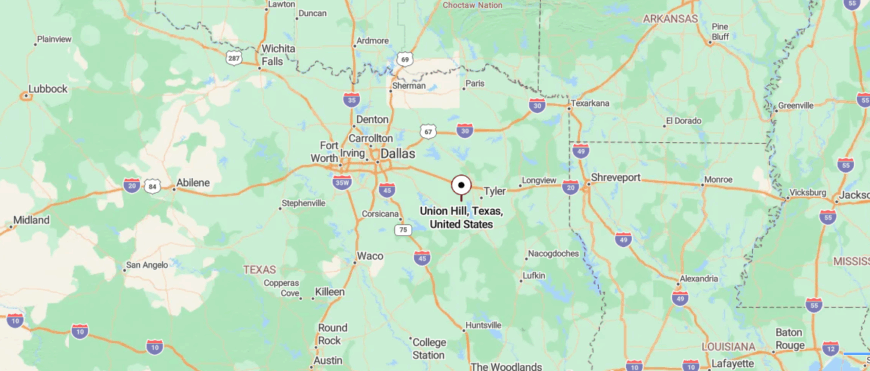
Union Hill, Texas is a rural community in Upshur County, tucked into the piney woods of northeast Texas. It sits about 12 miles southeast of Gilmer, reached by narrow farm-to-market roads that weave between forests and open pastureland.
The approach feels unhurried, with long stretches of quiet timber and scattered farmsteads marking the way. By the time you arrive, Union Hill feels like a place gently hidden in the trees, where the pace of life slows to match the land around it.
19. Cookville: Roadside Settlement with Deep Roots
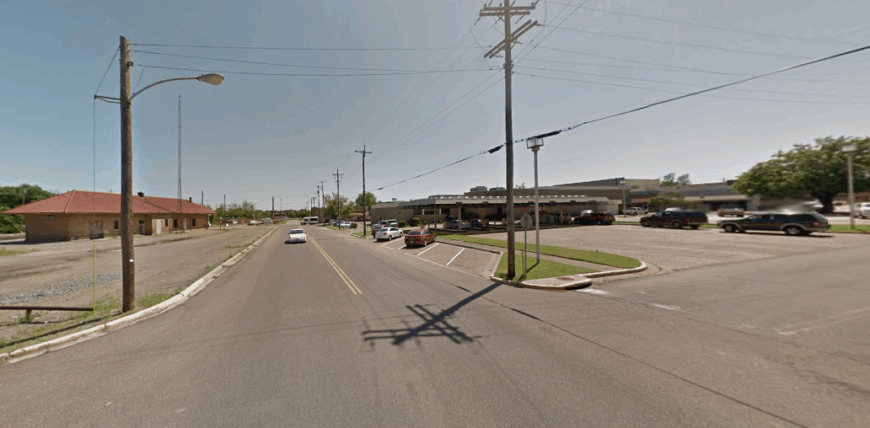
Cookville, Texas feels more like a pause than a destination, a small community set between fields and pine groves in Titus County. Its quiet nature comes from the way the town drifts just beyond the main routes, letting time pass without hurry.
What you notice most are the details: the steady rhythm of ranch life, the sight of children playing in wide yards, and the unbroken sky stretching overhead. Visitors often take to the backroads, where every turn reveals another glimpse of East Texas countryside.
Though farming and ranching remain steady here, it’s the sense of space and simplicity that gives Cookville its identity. It’s the kind of place where the silence itself feels like a companion, reminding you how wide the world can be.
Where is Cookville?

Cookville, Texas is an unincorporated community in Titus County, in the northeastern part of the state. It sits about 6 miles east of Mount Pleasant, reached by U.S. Highway 67 as it cuts through open fields and patches of woodland.
The approach is straightforward, with stretches of farmland and scattered homesteads marking the roadside. When you arrive in Cookville, the simplicity of the landscape gives it a quiet, set-apart feeling just beyond the edge of the nearby town.
18. Martin’s Mill: Hilltop Views and Family Farms
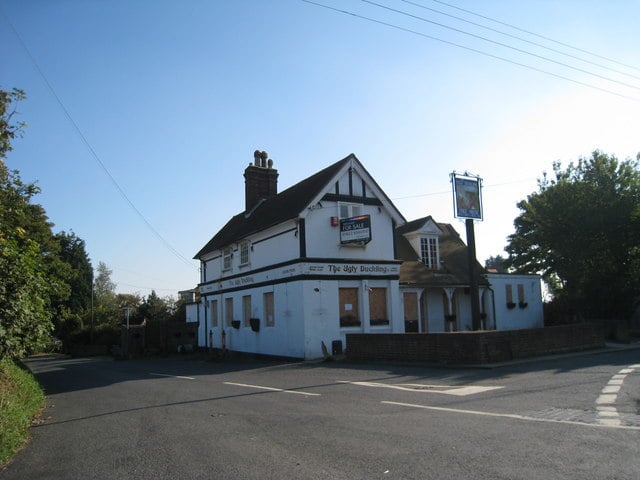
Martin’s Mill, Texas is the kind of place you find by turning down winding backroads, where hills roll softly and the horizon feels close. Its quiet comes not from emptiness but from the steady rhythm of daily life, carried by families who have called it home for generations.
The town’s center of gravity is its school and church, both doubling as gathering spots where neighbors share news and traditions. Visitors may find themselves driving shaded lanes, stopping at roadside stands, or venturing out to nearby lakes that mirror the sky.
Agriculture is present here, but what defines the community most is its closeness and sense of belonging. Martin’s Mill leaves you with the feeling that some places stay timeless, grounded more in people than in pace.
Where is Martin’s Mill?
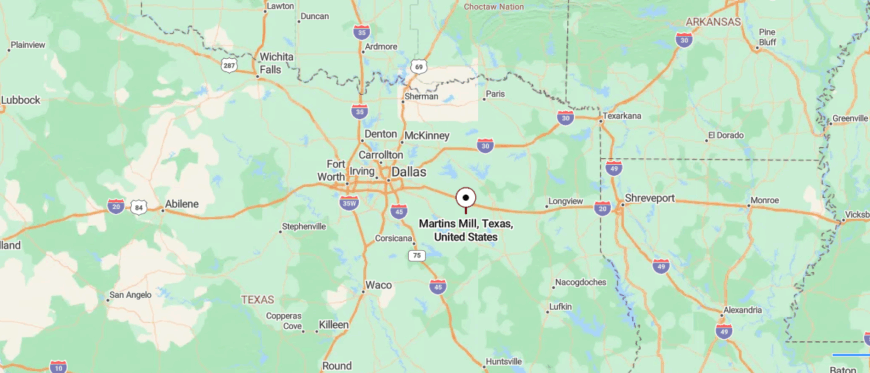
Martin’s Mill, Texas is a small community in Van Zandt County, resting in the rolling hills of northeast Texas. It is about 12 miles south of Canton, reached by winding farm-to-market roads that pass through a patchwork of pastures and wooded stretches.
The drive carries you past ranchland and clusters of oak before easing into the community’s center. By the time you arrive, Martin’s Mill feels like a quiet pocket of countryside, held gently apart from the faster pace of nearby towns.
17. Hainesville: Pine-Lined Retreat Near Lake Fork
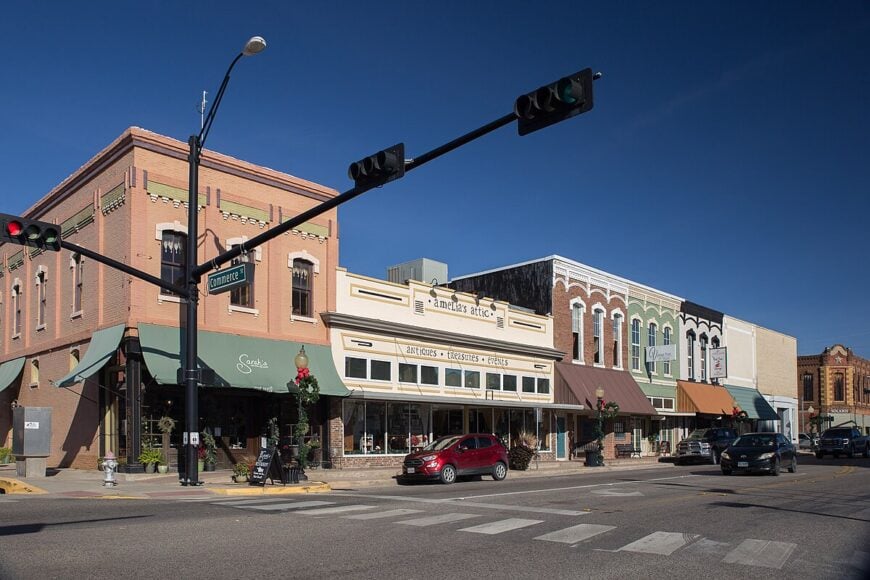
Hainesville, Texas lies quietly in Wood County, a small community surrounded by tall pines and sandy backroads that give it a tucked-away feeling. Its seclusion comes from being off the main routes, where the world seems to pass it by while life here stays steady.
The town carries a rural calm, shaped by family farms, church gatherings, and neighbors who know each other well. Travelers might take slow drives through the pine forests, stop at nearby lakes for fishing, or simply enjoy the quiet of the countryside.
Farming and timber have long tied the community to the land, keeping its rhythm simple and grounded. Hainesville is the kind of place where stillness lingers, and the quiet feels like part of the landscape itself.
Where is Hainesville?
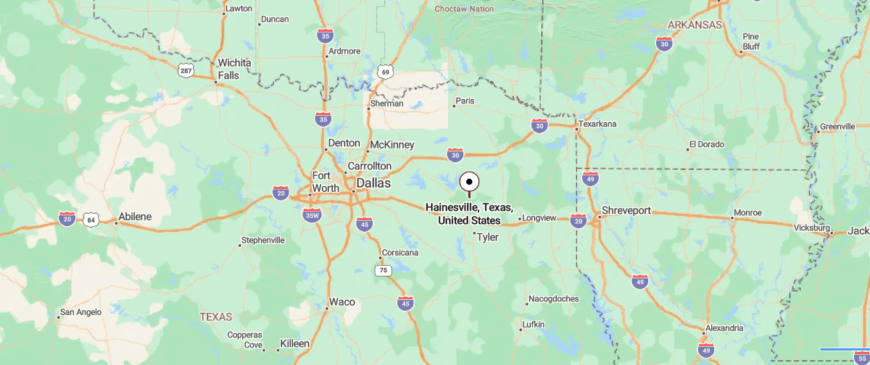
Hainesville, Texas is an unincorporated community in Wood County, surrounded by the gentle hills and forests of northeast Texas. It lies about 6 miles northeast of Mineola, reached by U.S. Highway 80 before narrowing onto smaller farm roads.
The route winds past pine stands, pastures, and the occasional farmhouse, giving a steady rhythm of open and shaded stretches. When you arrive in Hainesville, the quiet roads and tree-lined horizons make it feel like a place tucked away in the woods.
16. Grice: Hidden Bend in Upshur County

Grice, Texas is a small dot in Upshur County, tucked into the pine forests and backroads that make East Texas feel hidden from the wider world. Its seclusion comes from its size and setting—no busy highways, just quiet stretches of farmland and woods that keep it apart.
The town carries a gentle rhythm, where life revolves around church gatherings, family ties, and the steady pace of rural days. Visitors may find themselves driving shaded country lanes, fishing in nearby ponds, or pausing to take in the stillness beneath wide Texas skies.
Logging and farming have long shaped the area, tying people closely to the land. Grice is the kind of place where silence feels complete, and the world slows down without asking.
Where is Grice?

Grice, Texas is a rural community in Upshur County, set among the pine forests and open pastures of northeast Texas. It is about 12 miles southwest of Gilmer, reached by farm-to-market roads that curve through timberland and stretches of grazing fields.
The approach is marked by long tree lines, weathered barns, and the steady rise and fall of country hills. By the time you reach Grice, the quiet landscape and distance from main highways give it a sense of calm seclusion.
15. Peach: Sweetly Named Outpost in Franklin County
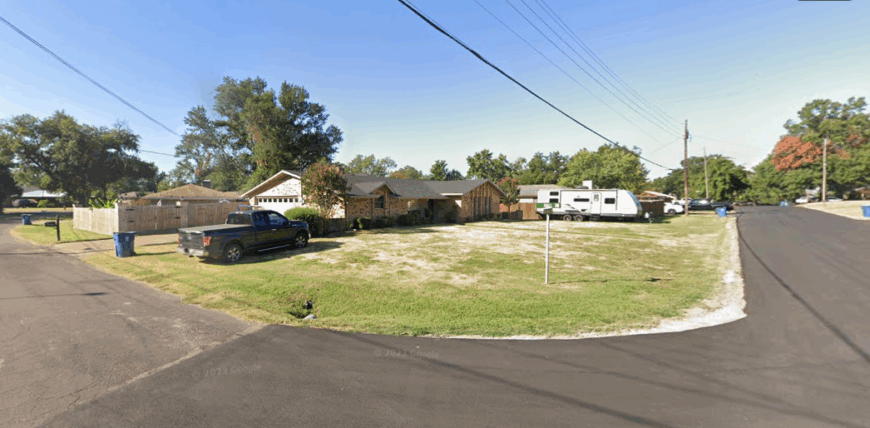
Peach, Texas sits tucked into the quiet countryside of Franklin County, little more than a cluster of homes and farms hidden along winding backroads. Its seclusion comes from distance—set far from major towns, it feels like a place known mostly to those who live there.
The community breathes simplicity, with daily life tied to church gatherings, farm chores, and evenings that end under endless stars. Travelers passing through might enjoy drives through rolling pastureland, spot wildlife in the woods, or pause at small creeks that cut through the countryside.
Agriculture has long been the backbone here, keeping families connected to the soil for generations. Peach is the kind of place where time moves gently, and the quiet itself feels like home.
Where is Peach?

Peach, Texas is an unincorporated community in Franklin County, resting in the wooded countryside of northeast Texas. It lies about 10 miles north of Mount Vernon, reached by county roads that wind between pine groves and farmland.
The drive shifts from open fields to shaded stretches where the trees close in around the road. When you arrive in Peach, the mix of forest and farmland makes it feel like a quiet place gently set apart from the busier towns nearby.
14. Antioch: Rolling Meadows of Cass County

Antioch, Texas lies deep in the piney woods, one of those East Texas communities that feels more like a clearing in the forest than a town. Its seclusion is shaped by winding country roads and the wide stretches of timberland that shield it from busier places.
The atmosphere is rooted in simplicity—neighbors gather at the church, children play in open fields, and the evenings settle into crickets and the rustle of trees. Visitors might take to the backroads, fish in nearby ponds, or simply enjoy the stillness of the woods.
Logging and farming have long tied the community to the land, creating a steady rhythm of work and life. Antioch is the kind of place where quiet doesn’t feel empty—it feels complete.
Where is Antioch?

Antioch, Texas is the name of several rural communities across the state, but the one in Cass County lies in the piney woods of northeast Texas. It sits about 7 miles northwest of Linden, reached by narrow county roads that bend through stands of tall timber and pastureland.
The approach is quiet, marked by stretches of shaded forest and open clearings dotted with farmhouses. By the time you arrive in Antioch, the closeness of the woods gives it the feeling of a place held gently apart from the outside world.
13. Pritchett: Rail Legacy in Upshur County
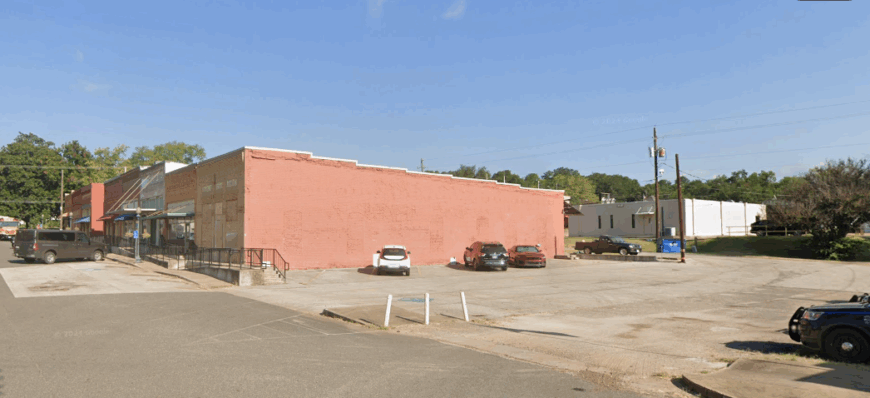
Pritchett, Texas feels more like a crossroads than a town, a small community tucked between stretches of pine woods and farmland in Upshur County. Its quiet comes not from emptiness, but from the slow pace of daily life that has kept the place steady for generations.
Old country churches and family farms form the backbone of the community, while neighbors gather in ways that make the town feel larger than it is. Travelers passing through might notice the stillness of the backroads, the tall pines swaying in the breeze, or the open sky stretching wide above.
Timber and farming remain important here, giving the land both its work and its character. Pritchett leaves you with the sense that some places endure not through growth, but through holding on to their calm.
Where is Pritchett?
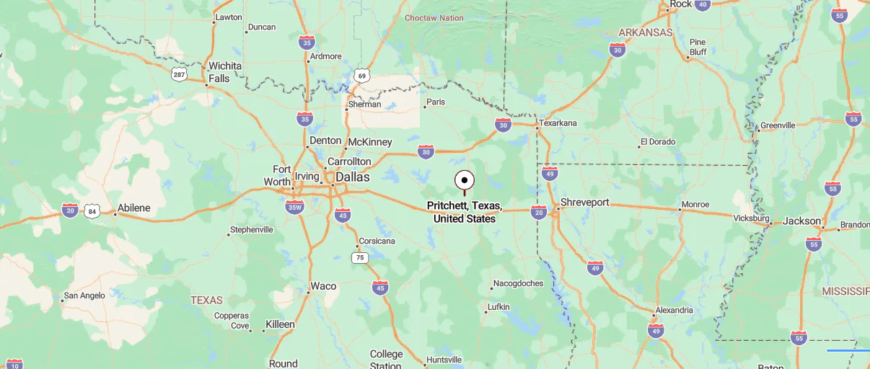
Pritchett, Texas is a small community in Upshur County, surrounded by the pine forests and farmland of northeast Texas. It lies about 8 miles west of Gilmer, reached by U.S. Highway 271 before turning onto farm-to-market roads that narrow into quiet stretches.
The approach moves past open pastures, tree lines, and the occasional homestead set back from the road. By the time you arrive in Pritchett, the stillness of the countryside makes it feel tucked into its own quiet corner of the pines.
12. Oak Grove: Pastoral Quiet Near Kaufman County Lakes
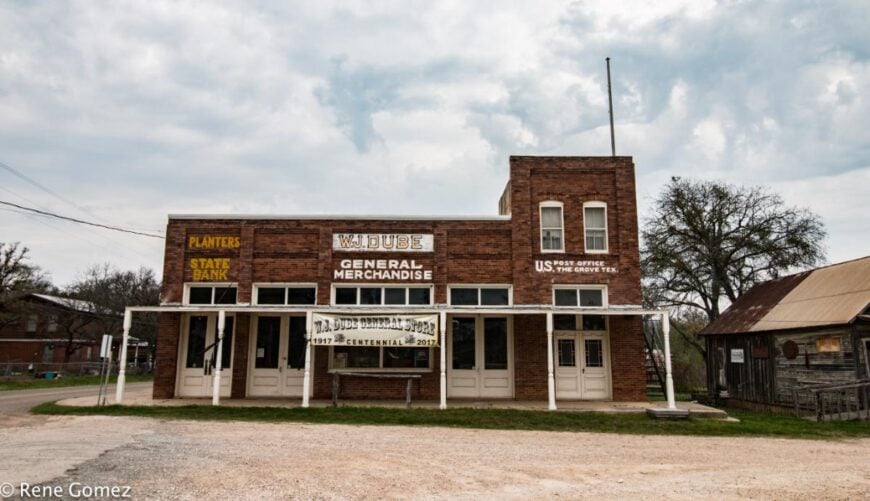
Oak Grove, Texas feels like a town hidden in plain sight, where rows of oak trees line the land and country roads stretch farther than the eye can see. Its seclusion isn’t about distance so much as the quiet that settles over the fields, broken only by the calls of birds or the rustle of wind in the branches.
The community is small but steady, with roots in family farms, Sunday services, and traditions passed down through generations. Visitors might wander the shaded lanes, cast a line in a nearby pond, or linger on backroads that reveal the simple beauty of East Texas.
Work here has long been tied to the soil, though it’s the closeness of neighbors that defines the place more than anything. Oak Grove is the kind of town where the land and the people seem to move to the same gentle rhythm.
Where is Oak Grove?
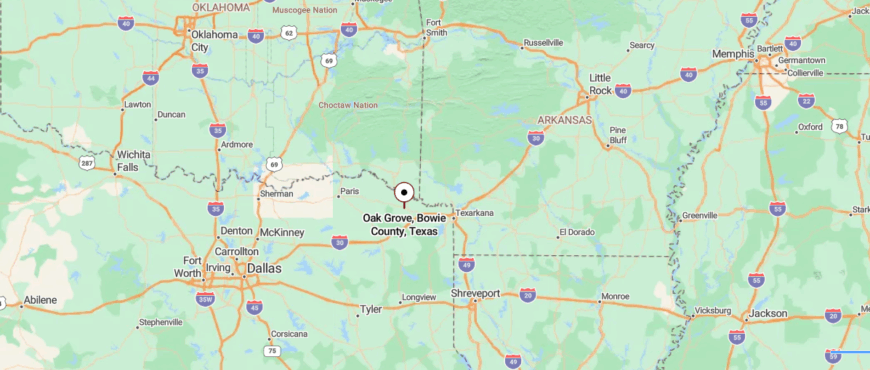
Oak Grove, Texas is a small town in Kaufman County, situated in the north-central part of the state. It sits about 30 miles southeast of Dallas, reached by U.S. Highway 175 before turning onto local roads that cut through fields and neighborhoods.
The approach blends open stretches of farmland with glimpses of suburban growth as you near town. Once in Oak Grove, the quiet streets and surrounding countryside create a feeling of calm just beyond the reach of the city.
11. Diana: Creekside Hamlet in Upshur County
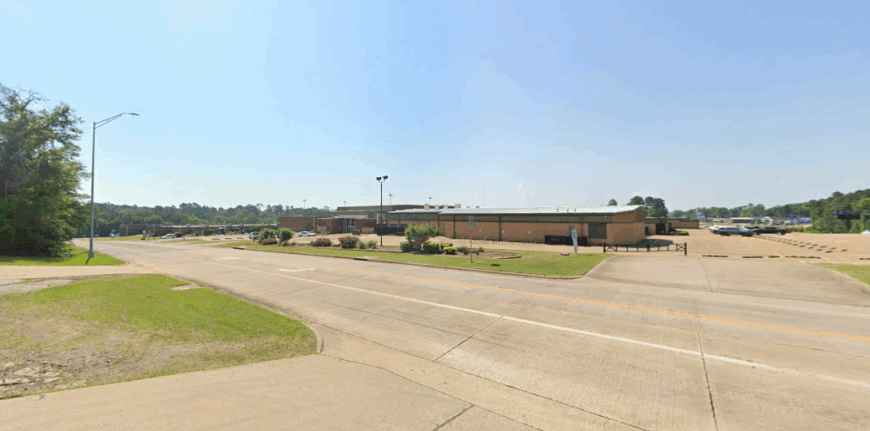
Diana, Texas sits in the piney woods of Upshur County, a community that feels sheltered by tall trees and long backroads leading away from the noise of busier towns. Its seclusion comes from being surrounded by forest and farmland, where the pace of life follows the land rather than the clock.
The heart of the town beats through its school and churches, places where neighbors gather and traditions keep the community close. Visitors can drive shaded country roads, explore nearby trails, or spend time fishing in East Texas lakes not far away.
Logging and farming have long provided the backbone of work here, tying families closely to the woods and fields. Diana is the kind of place where quiet feels natural, and the land itself seems to steady the rhythm of daily life.
Where is Diana?

Diana, Texas is an unincorporated community in Upshur County, nestled in the piney woods of northeast Texas. It lies about 16 miles north of Longview, reached by U.S. Highway 259 as it runs through forests and open pastures.
The approach is a steady mix of tree-lined stretches and wide clearings dotted with homes and barns. By the time you arrive in Diana, the tall pines and quiet backroads make it feel like a place set gently apart from the nearby city.
10. Cuthand: Piney-Woods Hamlet With 5-Acre Homesteads
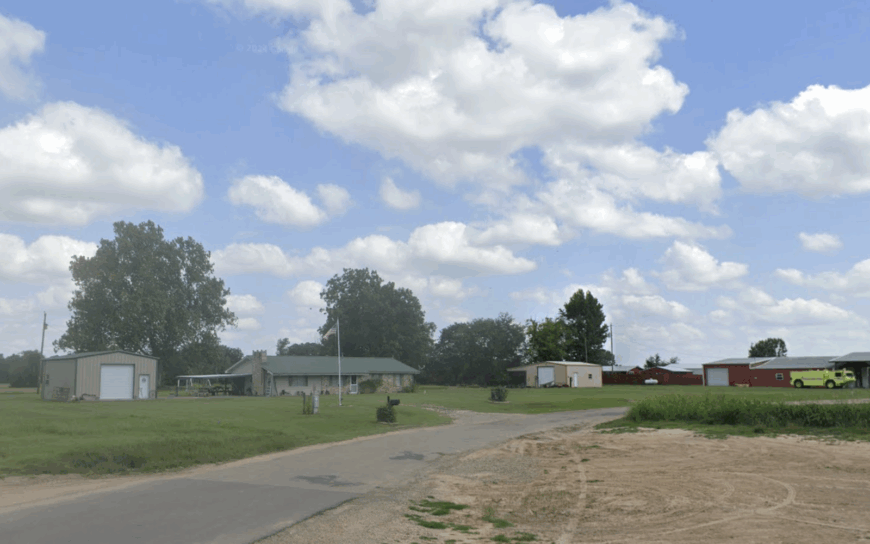
Home to fewer than 100 year-round residents, Cuthand sits amid Red River County timber where loblolly pines rise like living privacy fences. Locals spend weekends fishing the Sulphur River, hunting whitetail, or gathering at the volunteer fire station for community suppers.
Small-scale cattle operations and timber harvesting anchor the pocketbook, though many owners simply commute to Clarksville or Paris when work calls. Gravel lanes, zero stoplights, and mailboxes spaced a quarter-mile apart underline how truly tucked away the settlement feels.
Five- and ten-acre parcels mean neighbors are near enough for help yet distant enough for peaceful evenings under star-cluttered skies. A little-known perk is the seasonal mayhaw harvest; residents turn the tart berries into prized jelly sold only at the spring church bazaar.
Where is Cuthand?
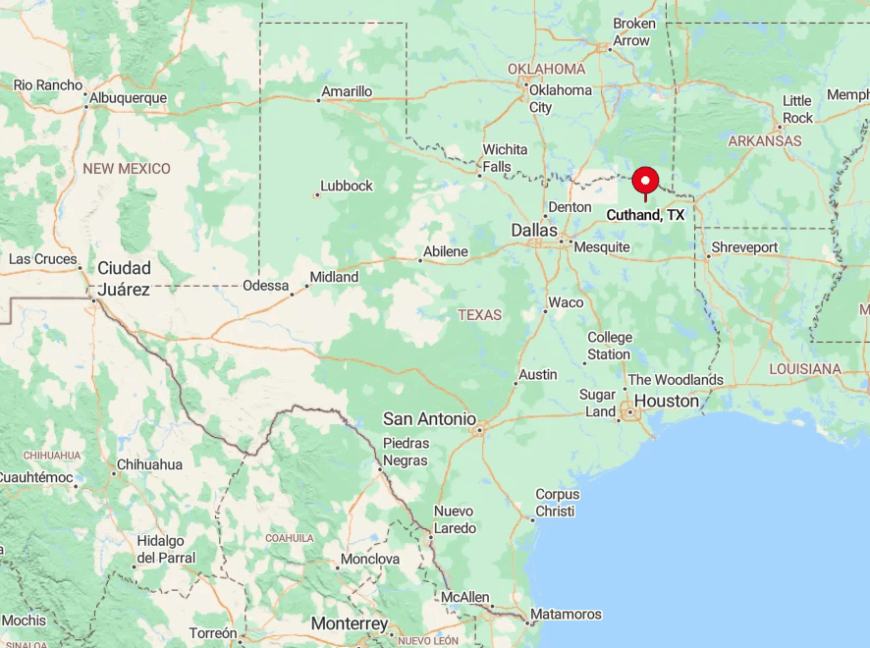
Cuthand rests eighteen miles east of Clarksville on FM 910, a ribbon of pavement that narrows to gravel before petering out in tree cover. No highway crosses within ten miles, and GPS often loses signal as the forest thickens, reinforcing the sense of seclusion.
Visitors usually exit U.S. 82, then wind north past hayfields until the cell towers disappear. Expect a quiet arrival—your car tires on the gravel will be the loudest thing for miles.
9. Coffeeville: Forgotten Stagecoach Stop Hidden in Upshur County

Once a whistle-loud hub on the Jefferson-Dallas stage line, Coffeeville today counts maybe fifty residents spread over wooded hills. Outings revolve around hiking old wagon traces, foraging for chanterelles beneath post oaks, or paddling secluded creeks that feed Lake O’ the Pines.
Small cow-calf herds and boutique tree farms form the economic base, with a handful of remote workers leaning on satellite internet. The nearest convenience store sits twelve miles away in Gilmer, and the approach roads roll and twist enough to slow traffic to tractor pace.
Homes perch on one- to ten-acre lots, many tucked behind hand-built cedar gates invisible from the road. A relic brick well once used by stagecoach passengers still stands behind the old Methodist church, a quiet monument few travelers ever see.
Where is Coffeeville?

Set in northern Upshur County, Coffeeville hides just off FM 995, about twenty minutes northwest of Gilmer. Heavily timbered ridges on three sides muffle highway noise and block most radio signals, deepening the quiet.
Access comes from State Highway 155, followed by a series of county roads that narrow to one lane between tree trunks. First-time visitors often miss the town sign—blink and the woods swallow it again.
8. Scroggins: Lake Fork’s Secluded Southern Shore
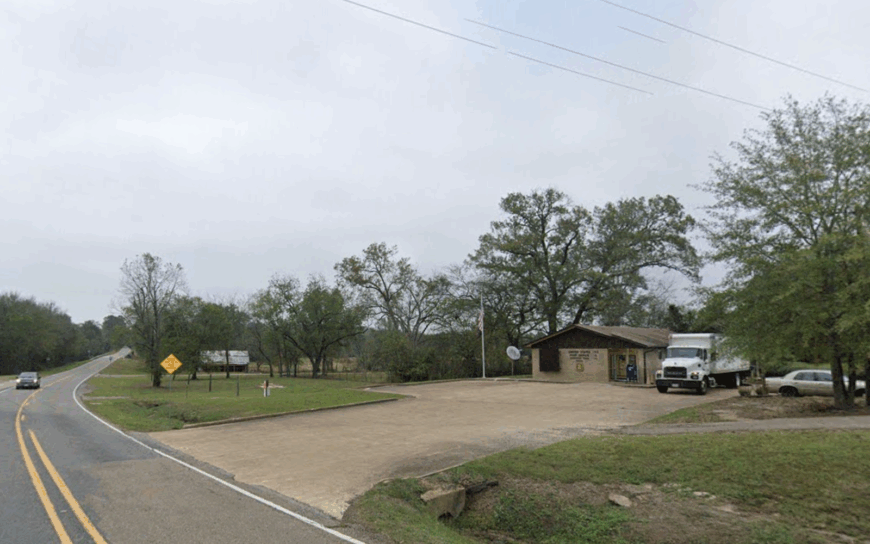
Roughly 280 full-time residents share the shoreline hush at Scroggins, where Lake Fork’s south coves lap against dogwood thickets. Anglers chase record largemouth bass at dawn, then head to family-run marinas for burgers and fishing tales.
Tourism and weekend cabins provide seasonal income, while cattle and hay keep locals busy through winter. A buffer of wildlife management land surrounds much of the community, blocking through traffic and preserving dark, mirror-still nights.
Wide lakefront lots create built-in separation, and many cabins sit behind stands of yaupon that act as living curtains. A seldom-used rail spur once served sawmills here; its abandoned trestle now doubles as a secret sunset photo spot for in-the-know residents.
Where is Scroggins?
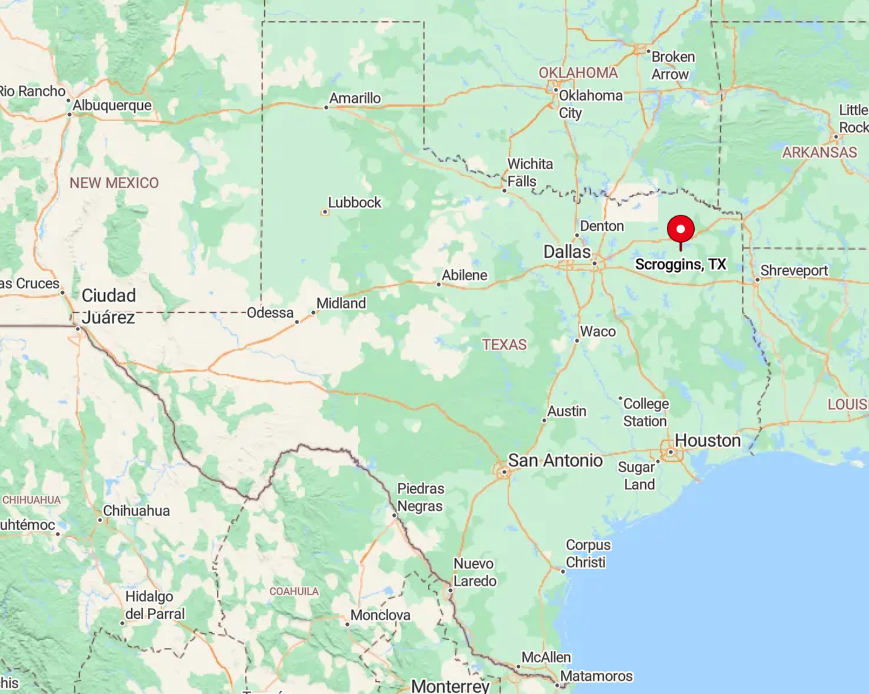
Scroggins lies fifteen miles south of Winnsboro in Franklin County, reachable only by FM 115 and a handful of shoreline loops. The absence of a bridge across Lake Fork forces drivers to circle the water, naturally limiting traffic.
Dallas fishermen often exit I-30 at Mount Vernon, then meander through cow country before the lake suddenly appears. Those final ten miles pass more herons than cars.
7. Pine Mills: Artisans and Apiaries Deep in the Woods
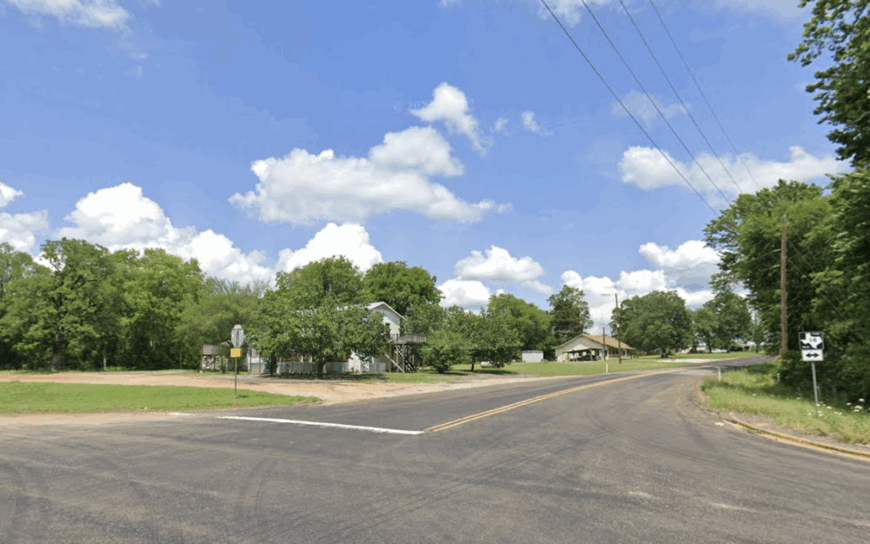
Pine Mills claims fewer than ninety permanent residents, yet its clearings hum with creativity and honeybees. Potters shape native clay into wood-fired vessels, and visitors browse kiln openings held beneath towering shortleaf pines.
Small apiaries produce sought-after sourwood honey, while part-time loggers thin surrounding timber that blankets fifty square miles. Distance from any town square, plus dense forest on every approach, keeps traffic noise nonexistent and cell reception spotty.
Lots average five acres, giving studios room for kilns and beehives without crowding. A springtime dogwood festival, announced only on hand-painted signs, draws repeat guests who relish the quiet drive as much as the event.
Where is Pine Mills?
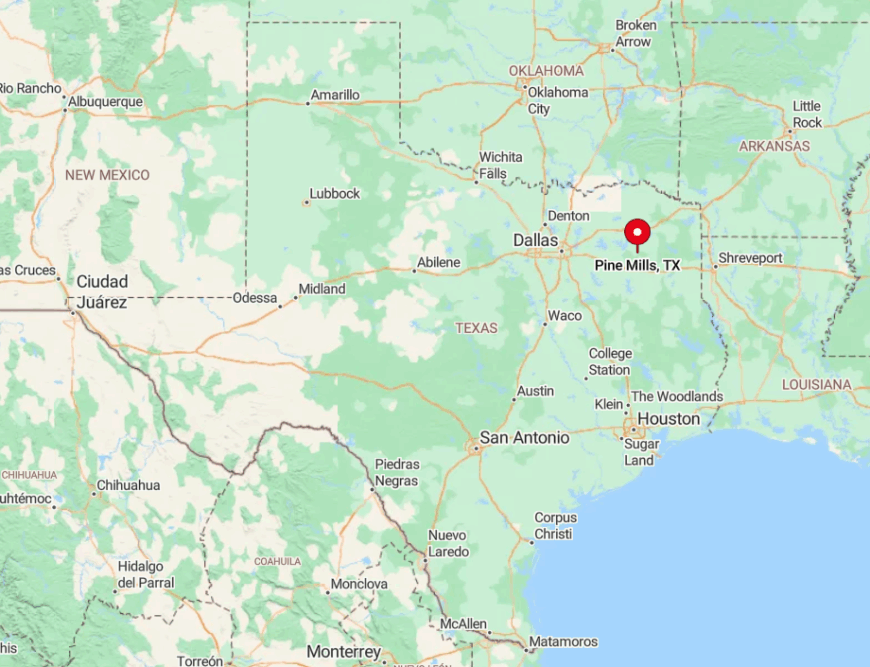
This Wood County settlement hides eight miles west of Quitman along FM 14, then another three on County Road 2335 where pavement gives way to hard-packed sand. Thickets of pine and black hickory create a natural wall that screens even nearby FM traffic.
Tyler residents find the trip takes forty-five minutes, though the last fifteen feel decades removed. GPS coordinates help, but locals still tell newcomers to “turn where the mailbox shaped like a bass used to be.”
6. Sacul: Rail-Trail Retreat South of Nacogdoches
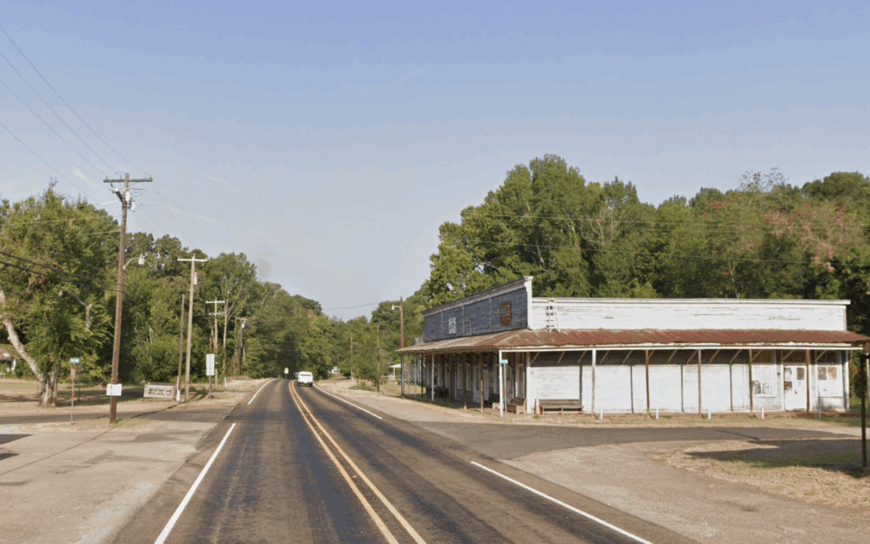
About 170 folks reside in Sacul, an unincorporated village dotted with century-old storefronts facing a now-silent rail bed. Weekends bring cyclists riding the crushed-stone trail, while locals host bluegrass jams inside a lovingly restored mercantile.
Beef ranching and antique picking are the main money makers; otherwise, life flows at porch-swing tempo. Pine ridges ring the settlement, absorbing highway rumble and keeping night skies ink-black.
Houses line roomy pastures where longhorns graze beneath vintage windmills, underscoring a distance both physical and mental from city bustle. One hidden gem is the spring wildflower prairie along County Road 915—carpets of winecups that few outside Sacul ever witness.
Where is Sacul?

Sacul sits twenty miles south of Nacogdoches on State Highway 204, then a jog down FM 1648. Once past the highway, the landscape turns to rolling pine breaks with no commercial signage for miles.
Drivers from Houston usually exit U.S. 59 at Garrison, trading big-rig noise for chirping warblers in under fifteen minutes. The former rail depot, now a picnic pavilion, serves as the unofficial town gate.
5. Larue: Hill-Crested Horse Country off FM 607
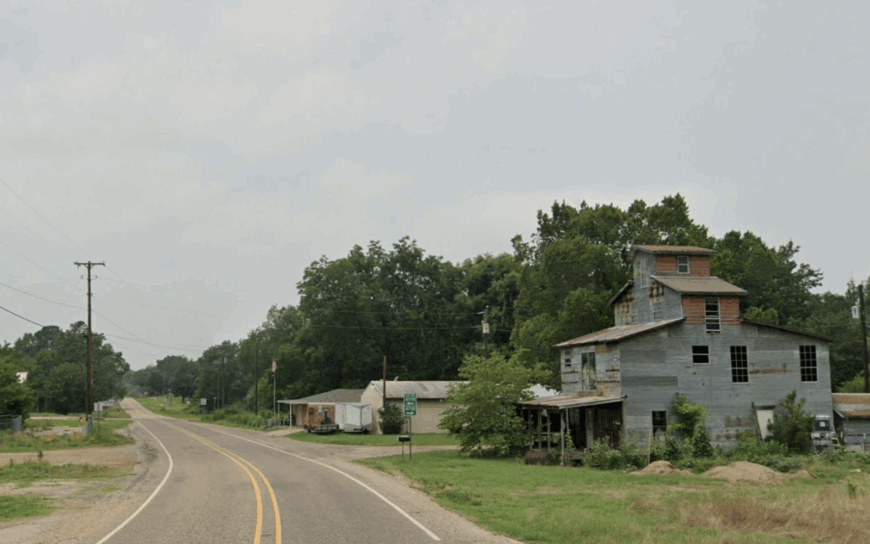
Larue’s roughly 200 residents wake to fog lifting off hidden stock ponds that dot Henderson County hills. Trail riders explore sandy lanes, and the local saddle club hosts evening playdays under arena lights blazing against otherwise dark horizons.
Quarter-horse breeding and hay production dominate livelihoods, with bed-and-barn rentals adding modest income from traveling equestrians. Being fourteen miles from Athens and lacking a single stoplight means traffic slows to farm-truck speed, enhancing the hush.
Parcels often exceed twenty acres, separated by oak thickets that grant both windbreaks and privacy. An under-the-radar attraction is the 1930s stone schoolhouse—now a community center—where locals gather for potluck chili cook-offs every December.
Where is Larue?
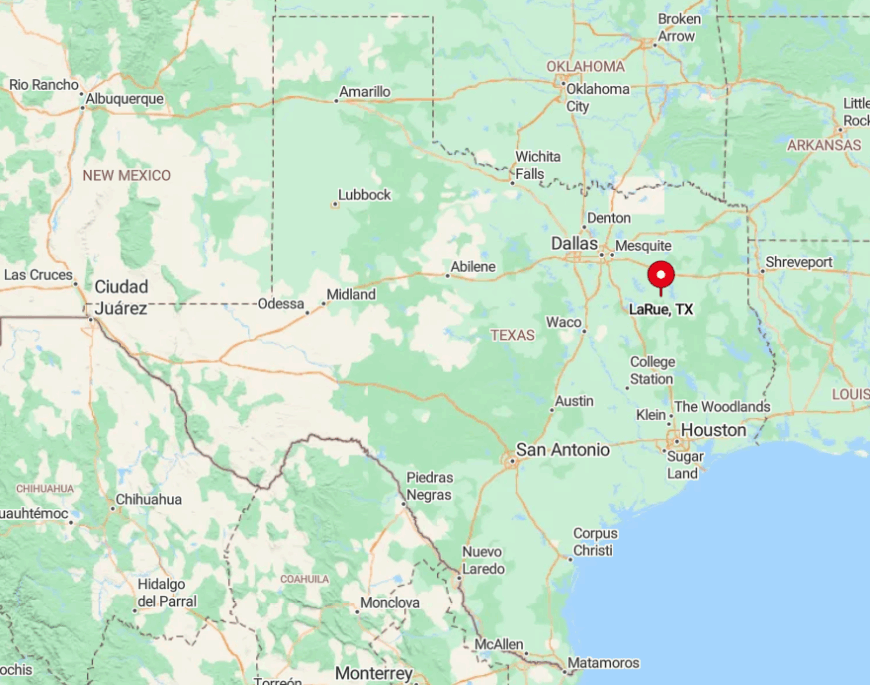
Positioned along FM 607 in southern Henderson County, Larue is accessed by State Highway 175, then a series of rolling farm roads that climb gentle ridges. No major route cuts directly through, so drivers see more cattle guards than gas stations.
Dallas travelers reach Larue in about ninety minutes, though the final stretch lacks cell service in several dips. Those hills also block light pollution, gifting residents panoramic views of the Milky Way.
4. Sand Hill: Cass County’s Back-Road Sanctuary
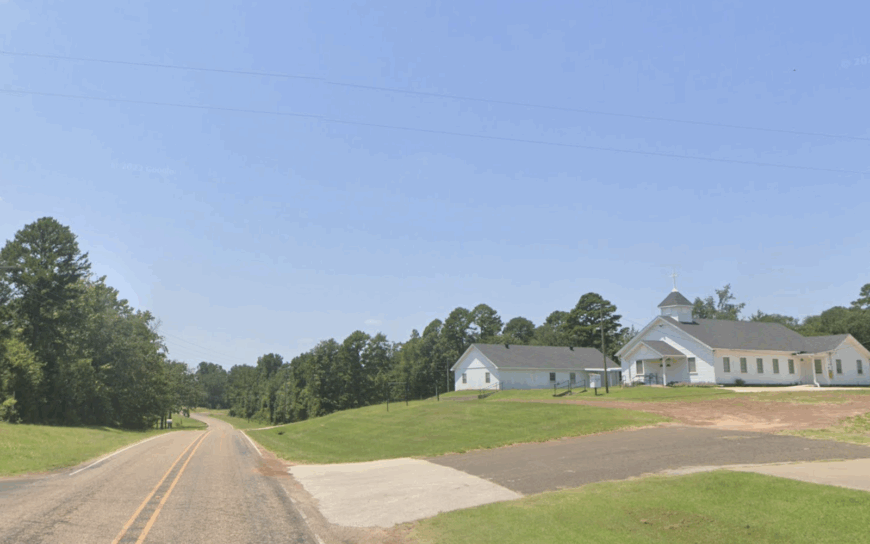
With fewer than eighty residents, Sand Hill gathers around a white-steepled church and adjoining cemetery dating from the 1870s. Locals fish shaded farm ponds, hunt turkey in surrounding hardwoods, or simply picnic beneath massive post oaks on the church lawn.
Cottage timber mills and small hay operations fill most workdays, and some residents craft cedar furniture sold at the Linden farmers market. Sixty percent of the land within a five-mile radius remains undeveloped woodland, buffering the community from through traffic and retail sprawl.
Homes sit far enough apart that summer lawn-mower sounds rarely overlap, preserving the area’s quiet reputation. A forgotten fire lookout tower on the western ridge now serves as a secret sunrise perch for early risers.
Where is Sand Hill?
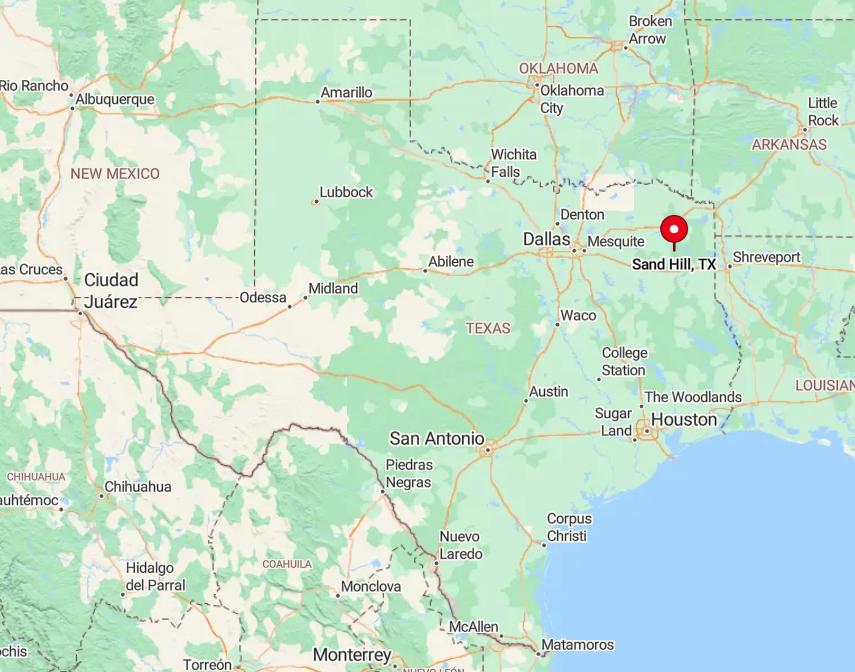
Sand Hill lies west of Linden via FM 125, then slips onto County Road 1613 where pavement turns rough and signage grows scarce. Dense forests obscure the horizon, making GPS the traveler’s best companion—though service fades in the hollows.
Texarkana visitors typically exit U.S. 59, then wind southward for half an hour before country silence descends. The absence of gas stations between Linden and Sand Hill underscores just how tucked away it is.
3. Ben Wheeler: Creative Outpost Amid Van Zandt County Pastures

Ben Wheeler’s sub-600 population enjoys an artsy streak unusual for such a small place, with metal-sculpture barns, a live-music honky-tonk, and farm-to-table cafés strung along FM 279. Visitors browse weekend craft fairs, then wander pasture-lined back roads to spot kinetic yard art spinning in the breeze.
Ranching and agritourism keep money flowing, while potters and blacksmiths draw Dallas day-trippers looking for one-of-a-kind wares. Perimeter hayfields and two winding creeks dampen highway rumble, allowing musicians at the Forge bar to play under stars unmarred by city glow.
Oversized town lots leave room for home studios, gardens, and goat herds, fostering both creativity and quiet. Few outsiders know the community hosts an annual “Hogfest” where locals roast heritage-breed pork and trade recipes handed down since settlement days.
Where is Ben Wheeler?
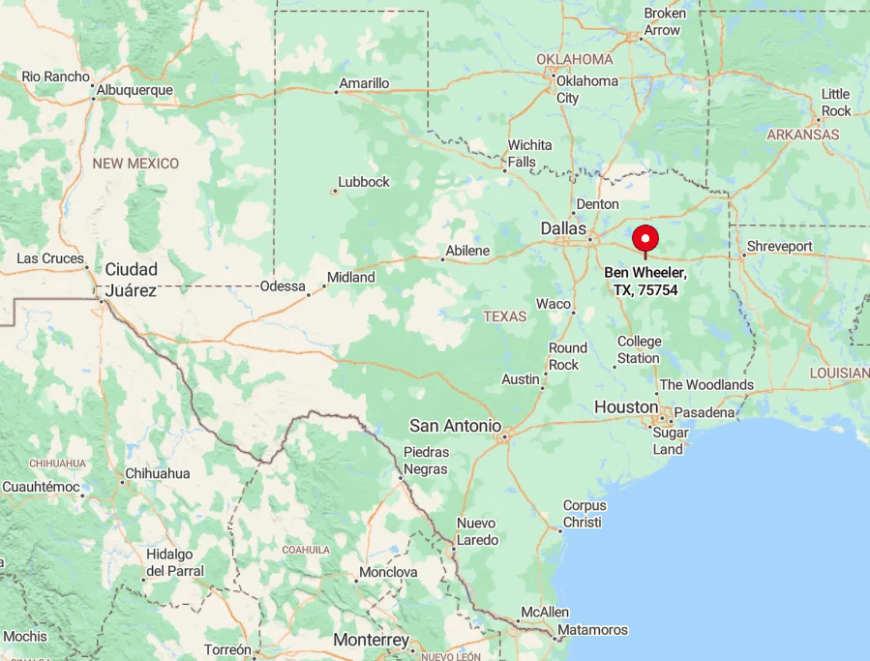
The village sits eighteen miles southwest of Tyler at the crossroads of FM 279 and FM 858, deliberately bypassed by nearby Interstate 20. Thick post-oak woods to the north and open prairie to the south keep expansion at bay.
Most visitors exit I-20 at Van, then follow a two-lane farm road that feels increasingly rural with each mile. No streetlights guide the final approach—glowing porch bulbs mark the town’s quiet welcome.
2. Faught: Prairie Hideaway North of Paris
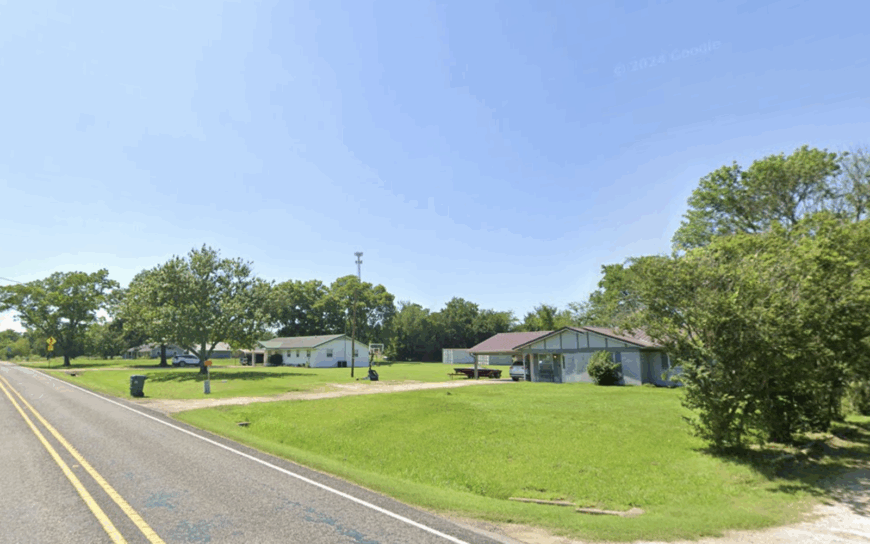
Faught shelters perhaps seventy permanent residents amid wide Lamar County hay meadows where century-old barns lean picturesquely against the wind. Locals spend evenings checking coyote traps, tending garden plots, or sharing potluck suppers at a converted one-room school.
Beef cattle and hay sales pay the bills, supplemented by seasonal dove-hunting leases that draw sportsmen for short stays. The nearest urban lights glow ten miles south in Paris, yet tall prairie grasses and gravel lanes render them invisible and mute.
Land parcels average between three and ten acres, and homes sit well back from the road behind lines of pecan trees. Hidden away on the western edge is a still-functioning 1932 storm cellar whose walls bear carved initials from every family that used it.
Where is Faught?
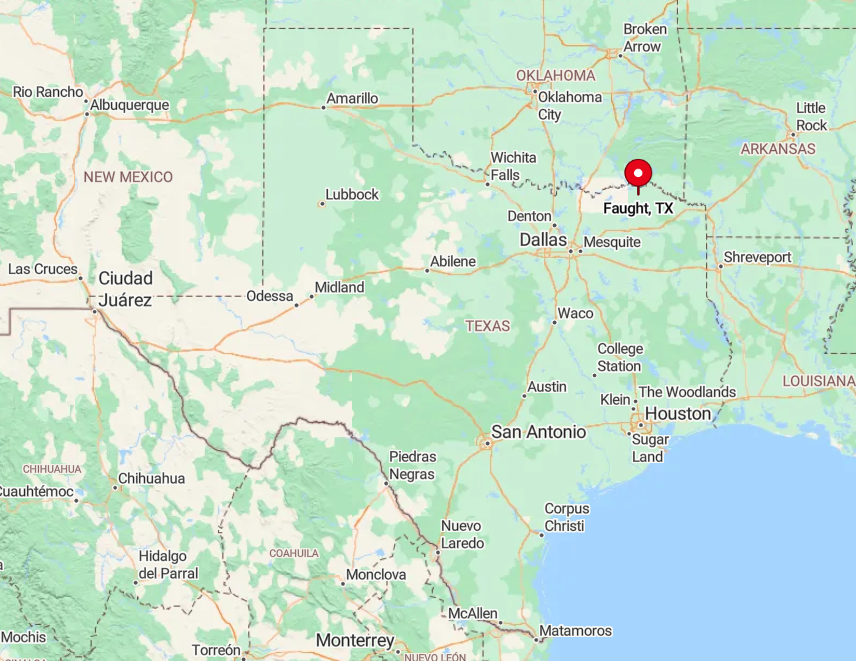
Faught lies off U.S. 271, then two turns onto county gravel roads that weave past wheat fields toward the Red River. Absence of commercial buildings along the route makes first-time visitors wonder if they missed a turn.
Drivers often stop at the lone metal bridge over Pine Creek to check maps—after that, it is just open sky and meadow larks. Paris residents manage the trip in fifteen minutes, yet the psychological distance feels far greater.
1. Looneyville: Storybook Seclusion in Nacogdoches County
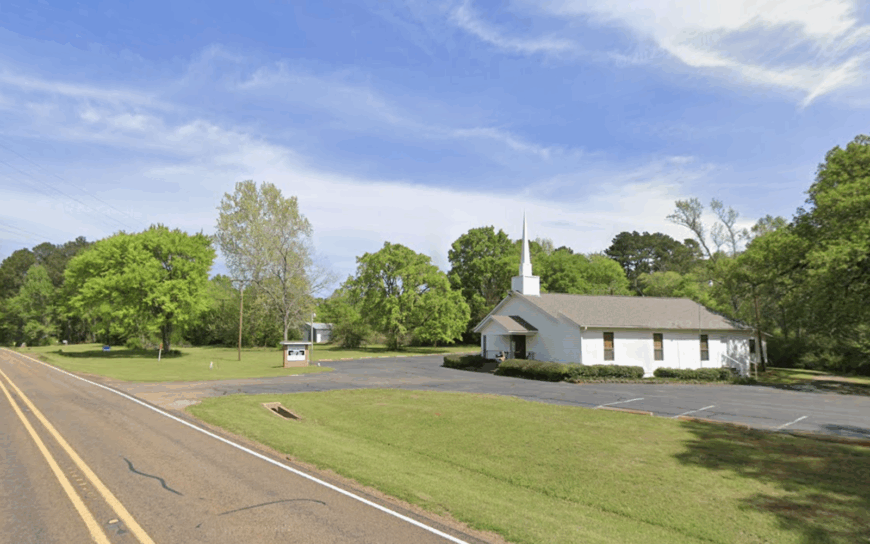
Looneyville’s whimsical name masks a remarkably peaceful community of about 120 people living under towering pines roughly twenty minutes from historic Nacogdoches. Days revolve around gardening, trail walks, and gathering muscadine grapes that flourish along fence lines.
A mix of small timber plots, poultry farms, and remote-work households sustains the local economy, all coexisting without a single traffic light. Curving county roads and minimal development create an almost storybook hush broken only by barred-owl calls at dusk.
Most homes occupy multi-acre tracts, their driveways winding deep into trees that screen them from view and buffer any road noise. A little-seen asset is the century-old springhouse tucked behind the former post office, where cold water still flows clear enough to chill watermelons on July afternoons.
Where is Looneyville?
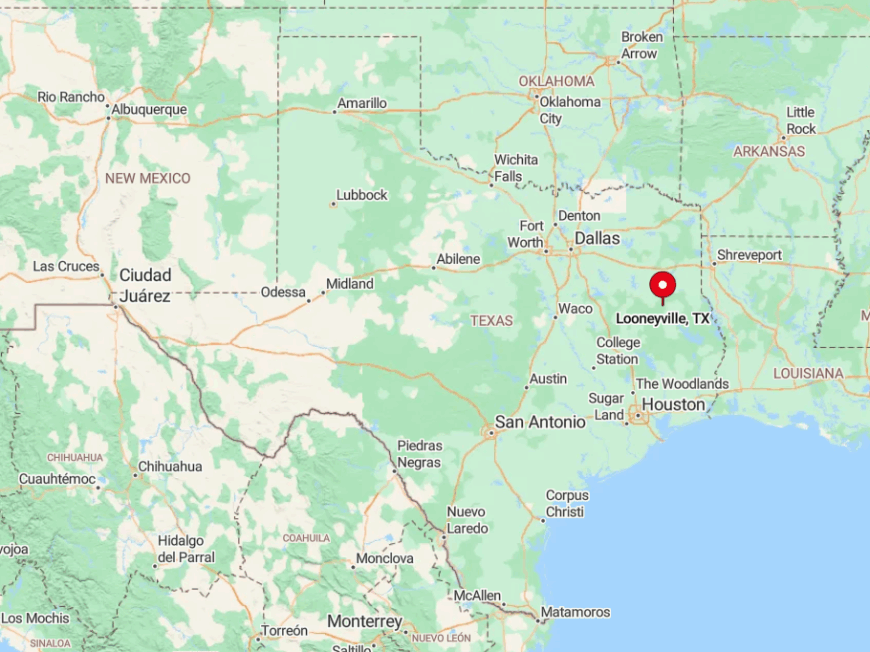
The settlement sits off FM 225, seventeen miles west of Nacogdoches, with county roads 875 and 811 looping through dense pine before dead-ending at gated ranches. No through route means nearly all passing vehicles belong to locals, preserving a feeling of shared seclusion.
Travelers from Lufkin exit U.S. 59 at Douglass and navigate forested bends where cell bars drop to one. When headlights finally sweep across the faded Looneyville Community sign, visitors know they have arrived somewhere refreshingly removed from the hurried world beyond the pines.

